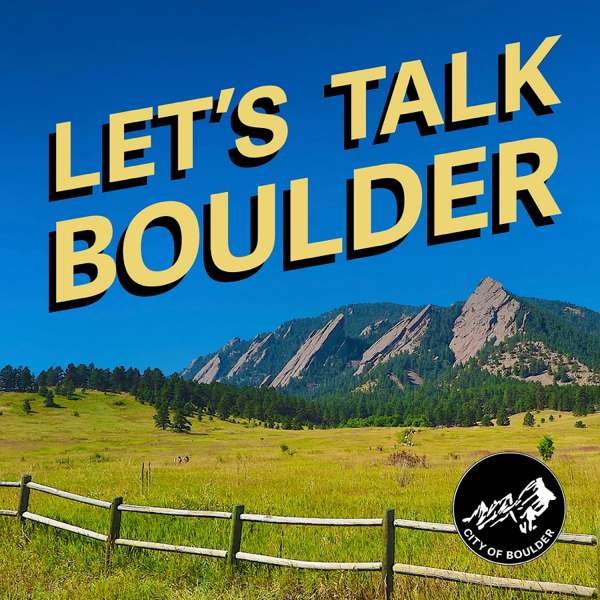Learn how the mode of selecting the President was the result of a hard fought and contentious Constitutional Convention debate, resulting in the adoption of Article II, Section 1 of the United States Constitution.
Review that the idea of a popular, nationwide election was rejected because, among other things, there were serious concerns that the public would not have sufficient information, and the public would be swayed by bias to local candidates, passion, and celebrity.
Understand that the idea of a Congressional election of the President was rejected because, among other things, of grave concerns about the independence of the President, as well as formation of cabals and corruption.
The electoral college was intended to mediate the passions of the people as well as the dangers of elections by Congress by creating an independent body, whose sole function was to select the best candidate.
Review how electors are chosen is determined by the Legislature of each state.
Each State has the number of electors equal to the number of representatives in the House of Representatives and Senators. Learn the mistakes the Founding Fathers made in connection with the Presidential Election (for example, having the runner-up become Vice President) - and how paralyzed the nation during the election of 1800.
The President and Vice President now run as a slate, and electors cast one vote for each. A person receiving an outright majority of electors becomes President and Vice President respectively. Otherwise, the House of Representatives chooses the President, selecting from the top three vote getters. Each State has one vote, chosen by a majority of its representatives. A similar process works for the Vice President, but he or she is chosen by the Senate out of the top two vote getters.
Originally, most electors were chosen directly by the legislatures of the States. Over time, States determined to select their electors by popular election, with 48 of the 50 States choosing a winner takes all system.
Highlights include James Madison, Constitutional Convention, George Washington, Articles of Confederation, Founding Fathers, Congress, Edmund Randolph, the Virginia Plan a/k/a Randolph Resolutions a/k/a Randolph Plan, the President, Abraham Baldwin, William Paterson, New Jersey Plan a/k/a Paterson Resolves a/k/a Paterson Plan, American Revolution, James Wilson, George Mason, Gouverneur Morris, John Adams, Thomas Jefferson, Roger Sherman, Charles Pinckney, Elbridge Gerry, Alexander Hamilton, Hugh Williamson, John Dickinson, Luther Martin, Oliver Ellsworth, Caleb Strong, Jonathan Blearly, Blearly Committee, Max Farrand, Abraham Baldwin, John Jay, Federalist Papers (Federalist Paper No. 39, Federalist Paper No. 48), Anti-Federalist Papers, presidential electors, United States Senate, United States House of Representatives, North Carolina Ratifying Convention, James Iredell, United States Supreme Court Justice Joseph Story, A Familiar Exposition of The Constitution of the United States, Aaron Burr, Vice President, Presidential Election of 1800, James A. Bayard, the Revolution of 1800, United States Constitution Article II, Section 1, 12th Amendment, Presidential Election of 1788, Presidential Election of 1792, electoral votes, Presidential Election of 1824, John Quincy Adams, Andrew Jackson, Presidential Election of 1876, President Rutherford B. Hayes, Samuel Tilden, Presidential Election of 2000, President George W. Bush, Vice President Al Gore, Election of 2016, President Donald Trump, Hillary Clinton, 23rd Amendment, National Popular Vote Interstate Compact, Chiafalot v Washington (2020), 10th Amendment, Justice Clarence Thomas, Justice Neil Gorsuch, and many others.
To learn more about the President and elections & Patriot Week, visit www.PatriotWeek.org. Our resources include videos, a TV series, blogs, lesson plans, and more.
---
Support this podcast:
https://podcasters.spotify.com/pod/show/michael-warren9/support
 Our TOPPODCAST Picks
Our TOPPODCAST Picks  Stay Connected
Stay Connected







